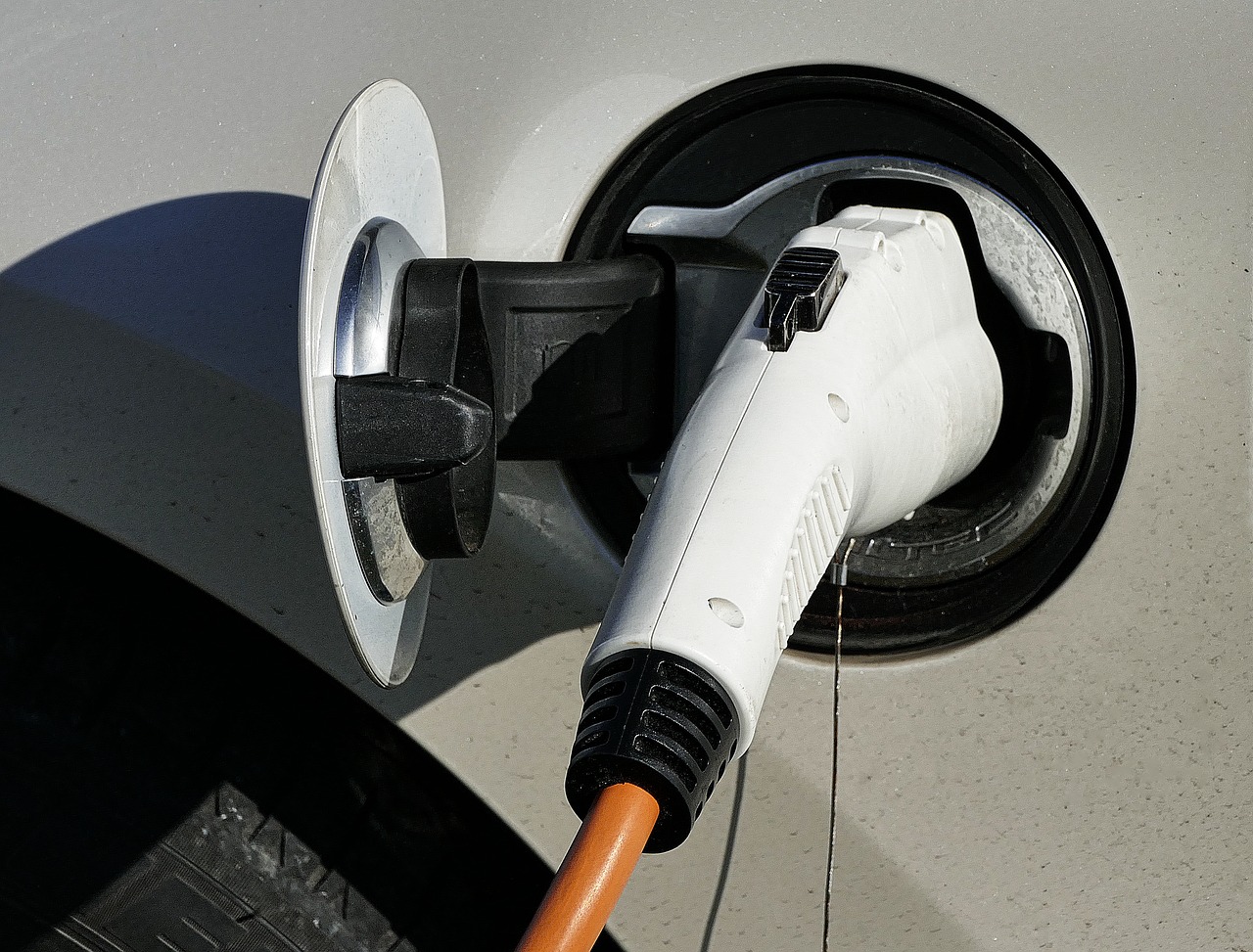California Explores Policy Options for Reliable Transportation Fuel Supply

California’s gasoline demand will remain above 200,000 barrels per day at least through 2035 although demand is expected to continue a downward trend as the adoption of zero-emission vehicles increases and other climate-friendly strategies unfold, according to an assessment adopted by the California Energy Commission.
The assessment called for by Senate Bill X1-2, enacted in 2023, serves as a key contribution to the Transportation Fuels Transition Plan expected by the end of this year. In 2022, the California Air Resources Board adopted aggressive regulations to shift away from gasoline and diesel engine vehicles, requiring automakers to sell only zero-emission vehicles by the mid of the next decade. The board approved the Advanced Clean Cars II rule, which requires zero-emission vehicles to constitute all new light-duty vehicle sales by 2035.
The commission released optimistic data on the growing sales of ZEVs in California. The first quarter of this year saw the highest number of electric vehicles ever sold at 102,507 EVs. The commission also reported that California is two years ahead of its zero-emission truck sales and vehicle sales targets. Recently, in February, the commission approved a plan to spend $1.9 billion over the next four years to expand ZEV infrastructure. This funding is part of the larger $48 billion California Climate Commitment, which sets aside a total of $10 billion in funding for ZEVs.
The assessment focuses on two pertinent issues affecting the state’s transportation fuel market in the future: addressing gasoline price spikes and maintaining an overall affordable, reliable, equitable, and safe gasoline supply during the transition to ZEVs. Gasoline remains the dominant transportation fuel in the state, underscoring the importance of examining the volatility of the gasoline market and identifying key factors affecting demand and supply. After peak demand in 2005, gasoline demand is projected to decline sharply in the next few years as the state veers towards ZEVs.
The change in demand for ZEVs will also impact the in-state gasoline supply. As demand for electric vehicles grows, refineries may shut down or convert to processing renewable transportation fuels. For example, the Phillips 66 Rodeo refinery has converted to producing renewable diesel.
Despite being technologically advanced and having good transportation links, the gasoline fuel market in California remains isolated from other states. The only method to import gasoline into California is via sea, as it has no pipeline network to transport gas from outside the state. Hence, the majority of the state’s gas supply is refined within California.
The report identifies methods that may help smooth and manage retail prices under a general framework of the transition away from petroleum fuels, with an emphasis on gasoline. Further, the assessment contributes to the understanding of gasoline price spikes and identifies potential actions that can help to mitigate or eliminate them. Nevertheless, additional considerations with a more focus on environmental impacts, market dynamics at the retail level, and other issues should be critical parts of the transition plan, according to the report.
EnerKnol Pulses like this one are powered by the EnerKnol Platform—the first comprehensive database for real-time energy policy tracking. Sign up for a free trial below for access to key regulatory data and deep industry insights across the energy spectrum.
ACCESS FREE TRIAL


